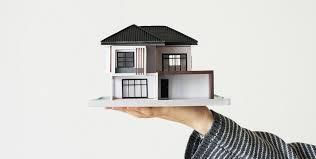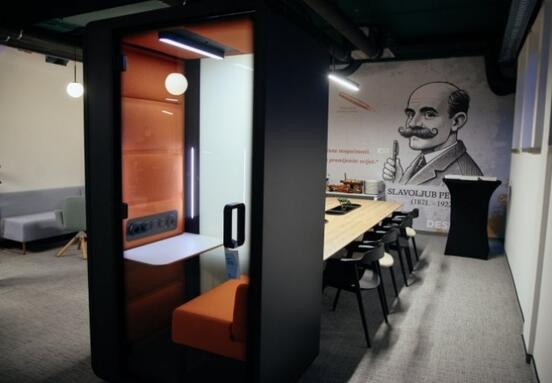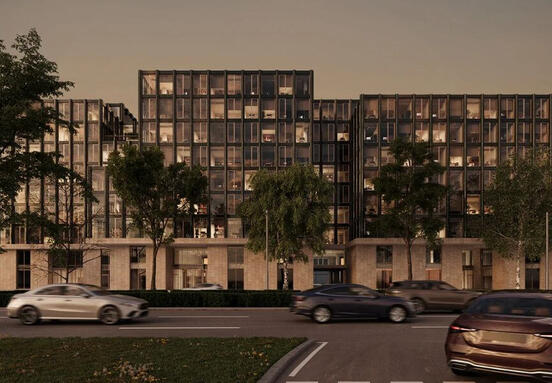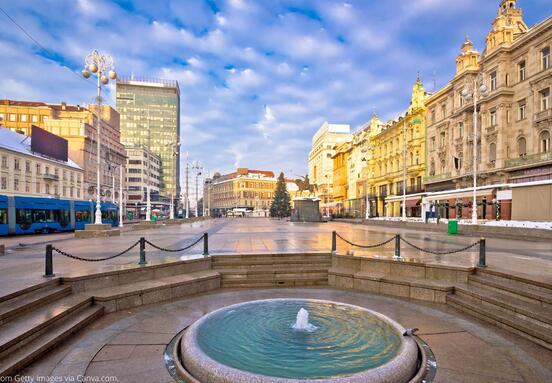Thus, the residential real estate price index, which measures the movement of the market prices of residential buildings purchased by households, regardless of the previous owner or the purpose of use (including the value of the land), in the period from April to June recorded a growth of 3.7% compared to the first quarter of 2022. Compared to the same period in 2021, after growth in the first quarter of 13.5%, in the second quarter of this year the annual growth rate accelerated to a double-digit 13.6%. The increase in prices on an annual basis is supported by higher prices of new and existing residential buildings in Zagreb, the Adriatic and other areas.
Compared to the previous quarter, the prices of new residential buildings in the second quarter of 2022 were higher by 0.9%, while those of existing residential buildings recorded a growth of 4.2%. On the other hand, observed on an annual basis, after a growth of 20.3% in the period from Jan.-Mar. In 2022, the prices of new residential buildings recorded a slowdown in growth to 15.9%, while the prices of existing residential buildings accelerated their growth from 12.5% to 13.3%, thus continuing the trend of positive rates for two years in a row. The above is not surprising considering the increased demand for newer and better quality real estate after the earthquakes that hit some parts of Croatia in 2020.
The average price of residential real estate in the first half of the year was 16.3% higher compared to the same period in 2021.
In the City of Zagreb, a slowdown in growth was recorded on a quarterly and annual level to 3.8% and 14.8%, respectively, while in the Adriatic, a slowdown in price growth was recorded to 2.9% quarterly and an annual acceleration to 12.8% (from 10.9% quarter earlier). In addition to stagnation at the quarterly level, other parts of Croatia also recorded an acceleration of price growth at the annual level to 15.2%.
The growth of residential real estate prices, present since 2016, further accelerated in the second quarter on an annual basis. However, it is important to note that these are average prices for the whole of Croatia and that the real estate market is characterized by high segmentation with regard to the location, quality and age of the real estate. The continued rise in prices was certainly the result of a long-term period of extremely high liquidity, low interest rates and unchanged expectations regarding future alternative investments. In addition, Government subsidies for housing loans also contribute to the growth of demand and prices.
In the year ahead, we expect residential real estate prices to continue to rise, albeit at a slower pace compared to previous years. The average annual growth rate in 2023 will not exceed 5%. Taking into account the current global geopolitical unrest and increased fears and uncertainty due to strong inflationary pressures, we expect that in the medium to long term the movement of real estate prices will be determined primarily by demographic trends, the strength of the economy and, of course, tourist activity.
The revitalization of the areas affected by the earthquake, as well as other parts of Croatia, supports expectations of continued price growth in the central part of Croatia, while prices on the coast will be determined by trends in tourism. On the other hand, the beginning of monetary policy tightening and interest rate hikes by the European Central Bank could direct some of the excess liquidity/savings into some other forms of investment activities and thus partially reduce and affect the demand for residential real estate.
Source: Seebiz.eu







